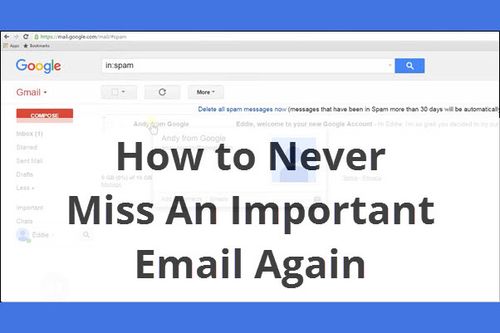Email verification is a crucial part of our online lives. Whether you're signing up for a new service, creating an account, or resetting your password, receiving email verification messages is an integral step in the process. In this comprehensive guide, we'll explore how to ensure you receive these important messages without a hitch.
Why Is Receiving Email Verification Important?
Before we dive into the nitty-gritty of receiving email verification, let's understand why it's so essential in the first place.
1. Account Security
Email verification acts as a security barrier, ensuring that only the rightful owner of an email address can access an account or service associated with it.
2. Account Recovery
In case you ever lose access to your account, email verification serves as a means of regaining control and verifying your identity.
3. Communication
Email verification is often the primary channel for receiving important updates, alerts, and communication from online services.
How to Ensure Smooth Receipt of Email Verification
Now, let's explore some strategies to make sure you always receive email verification messages promptly.
1. Check Your Spam Folder
Email verification messages can sometimes end up in your spam folder. Regularly check this folder and mark legitimate emails as "not spam."
2. Whitelist Senders
Whitelisting email addresses or domains ensures that emails from specific senders are always delivered to your inbox. This can be particularly useful for important emails like verifications.
3. Verify Your Email Address
Ensure that the email address associated with your account is correct and up-to-date. Typos or outdated addresses can cause email delivery issues.
4. Two-Factor Authentication (2FA)
Consider enabling 2FA for added security. This extra layer of protection can also help you regain access to your account if you ever lose your email verification messages.
Troubleshooting Email Verification Issues
Even with these precautions, issues with receiving email verification can still arise. Here are some common problems and their solutions:
1. Not Receiving Verification Emails
If you're not receiving verification emails, first check your spam folder. If they're not there, request a resend or double-check the accuracy of your email address.
2. Delayed Emails
Sometimes, verification emails may be delayed. Wait for a reasonable amount of time and check again. If the delay persists, contact the service provider's support.
3. Invalid or Inaccessible Email
If you no longer have access to the email address associated with your account, update your email information in your account settings.
4. Blocked Emails
Ensure that your email provider or firewall isn't blocking emails from the sender. Whitelisting the sender can help prevent this.
Frequently Asked Questions About Receiving Email Verification
1. Why do I need to verify my email address?
Email verification is essential for security and account recovery purposes. It ensures that only you have access to your account.
2. What should I do if I don't receive a verification email?
First, check your spam folder. If it's not there, request a resend or update your email address.
3. Can I use any email provider for verification?
Yes, you can use any valid email provider for receiving verification emails.
4. How long should I wait for a verification email?
Wait for a reasonable amount of time, but if the delay is prolonged, consider contacting the service provider's support.
5. What if I lose access to my email address?
Update your email information in your account settings to regain access and receive future verification messages.
In conclusion, ensuring the smooth receipt of email verification messages is vital for account security and seamless online experiences. By following the tips and troubleshooting steps outlined in this guide, you can guarantee that you never miss an essential email confirmation, making your online interactions safer and more efficient.



